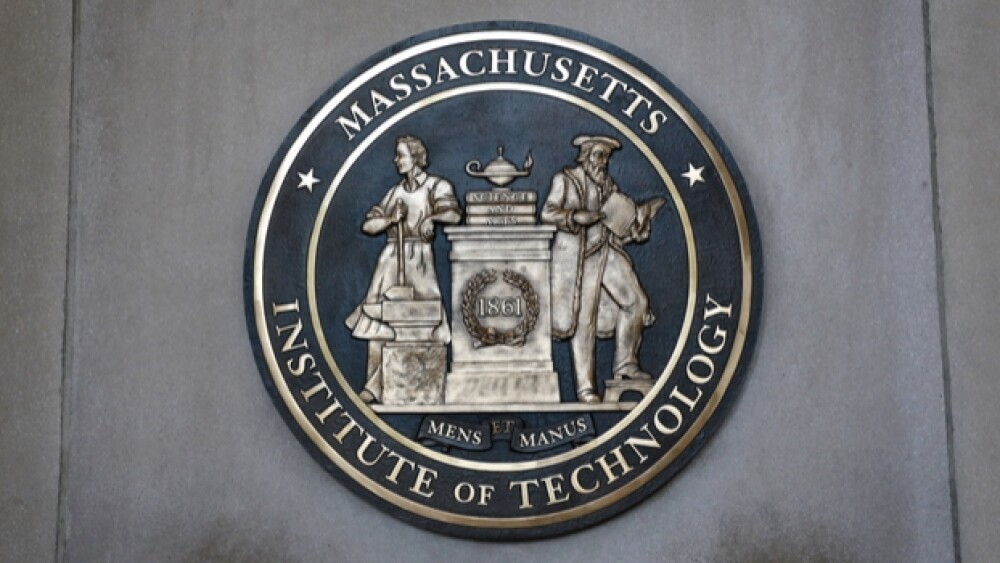A research team out of MIT may have found a surprising causal aspect of Down syndrome that’s worth further investigation.
MikeDotta / Shutterstock
A research team out of MIT may have found a surprising causal aspect of Down syndrome that’s worth further investigation.
Historically, Down syndrome has been understood as a baby born with an extra copy of chromosome 21. Instead of two, the child has three copies, which happens during early embryonic development. Trisomy 21 lists potential issues on top of the primary result of cognitive impairment. Science has yet to discover the why of this occurrence.
Recent studies using RNA sequencing techniques confirmed it wasn’t just the gene expression with chromosome 21 that was overexpressing. In individuals with Down syndrome, gene expression was overexpressing across every chromosome.
Hiruy Meharena, Ph.D., led a team at MIT to look into the DNA architecture inside a Down syndrome patient’s brain cells to figure out what was causing the widespread gene overexpression. The group conclusion was pretty basic—the cells don’t have enough space for that extra chromosome. The overcrowding of the cell changes the 3D shape of the developing brain.
“The nucleus of a cell is like an elevator when it’s full of people,” said Meharena. “It’s already at capacity, and then this one additional chromosome wants to come in, so every other chromosome squishes together to make space.”
As the data unfolded, the team realized that what they saw—the DNA on the nucleus periphery becoming dislodged, chromosomes folding in on themselves—was looking more like something unexpected. The cascading effects of that extra chromosome looked an awful lot like senescence.
Senescence is typically related to aging. Cells lose their ability to divide to prevent aging cells with potential issues from multiplying and causing cancer. Thanks to a cytokine signal, the immune system is supposed to destroy these cells, but aging immune systems can’t keep up. As the senescent cells stack up, the cytokine signals lead to systemic inflammation and changes within the cells.
The field of “senolytics” looks into how to kill these senescent cells to increase life and healthspan. To test their theory that the overcrowding was creating senescent cells, the MIT team treated the cells with a senolytic drug combination of dasatinib and quercetin. The combo selectively eliminates senescent cells by disabling pro-survival networks that defend them against their apoptotic environment.
Individuals with Down syndrome tend to age faster than other people. Their lifespan is somewhere around 60 now, compared to the national average of 79.
When tested in the lab, the senolytic drugs worked. The combination reduced the number of senescent cells and reversed many of the structural DNA changes in the cells.
Meharena quickly pointed out that this data doesn’t prove we should start treating Down syndrome with senolytics. The drugs come with significant and dangerous side effects.
At this stage, the study is merely a proof of concept, but an interesting one. The induced pluripotent stem cells and neural progenitor cells generated for the study originated from individuals who passed at a very young age, indicating a more severe effect of Trisomy 21.
A larger-scale study would need to replicate these results before exploring senolytics as a potential avenue for therapies. But it does beg the question if other research to simply silence the extra chromosome will be enough to make a difference for individuals with Down syndrome. If the problem stems from cellular overcrowding, turning it off likely won’t do the job.
Meharena hopes the study “opens up new avenues for how we look at Down syndrome.
“There seems to be this whole other element that plays on a different timeline that we really need to explore more.”






